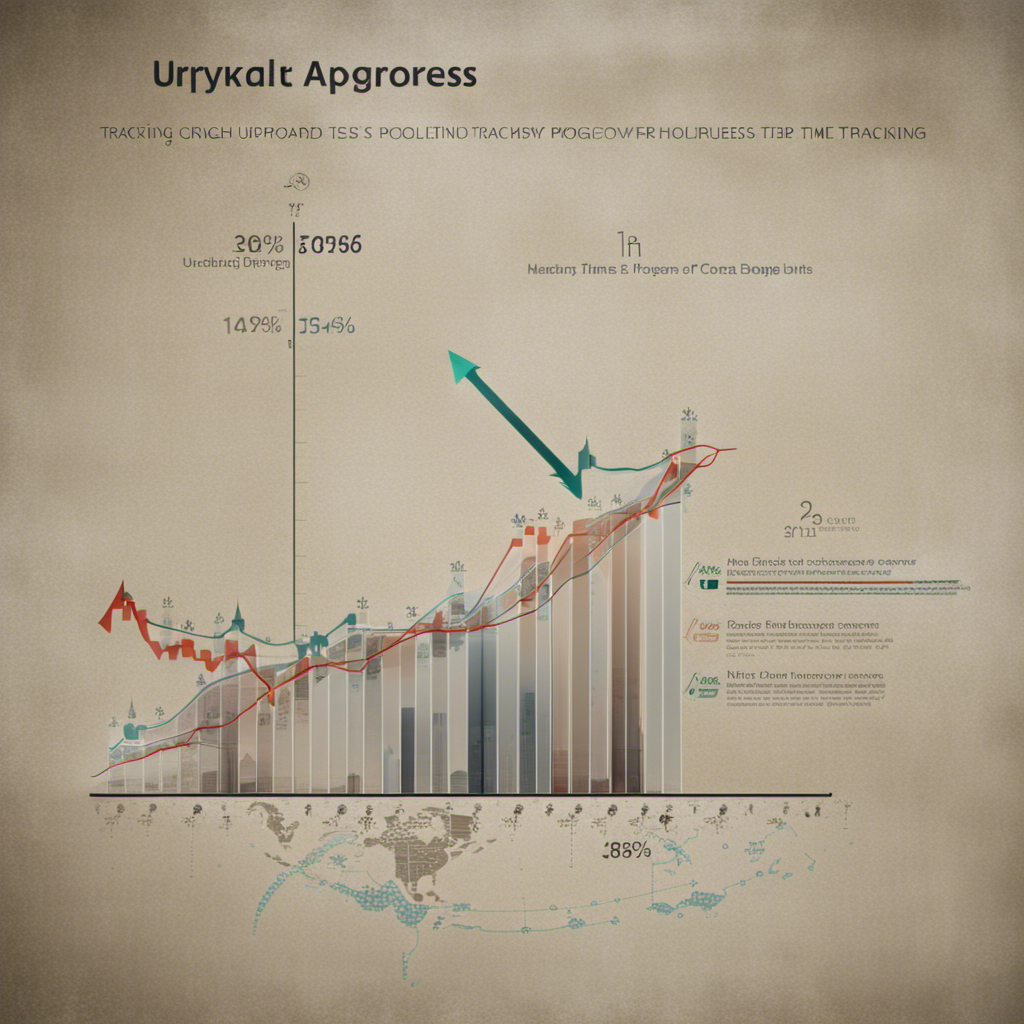
Measuring progress in ketamine therapy can involve a combination of subjective and objective assessments to track improvements in mental health and overall well-being. Here are some ways a patient undergoing ketamine therapy can measure their progress:
- Symptom reduction: Patients can track changes in the severity and frequency of symptoms associated with their mental health condition. Standardized questionnaires, such as the Beck Depression Inventory (BDI) for depression or the Impact of Event Scale-Revised (IES-R) for PTSD, can be used to measure symptom improvement over time (1) objectively.
- Functional improvement: Observing improvements in daily functioning, such as increased engagement in social activities, better work or school performance, or enhanced self-care, can indicate progress in ketamine therapy (2).
- Psychological well-being: Patients can assess their overall psychological well-being by noting mood, self-esteem, or resilience changes. This can be done using self-report measures like the Psychological Well-being Scale (PWBS) or discussions with a therapist (3).
- Therapeutic alliance: Building a solid therapeutic partnership with the therapist is a crucial factor in the success of ketamine-assisted therapy. Patients can gauge their progress by evaluating the quality of their relationship with their therapist and their ability to communicate openly and honestly about their experiences (4).
- Integration of insights: Integrating insights gained during ketamine therapy sessions into daily life is essential to the treatment process. Patients can measure progress by reflecting on how well they apply these insights to cope with challenges, make better decisions, and foster personal growth (5).
In summary, patients can measure their progress in ketamine therapy by tracking symptom reduction, improvements in daily functioning, increased psychological well-being, the strength of the therapeutic alliance, and the successful integration of insights gained during therapy sessions. Utilizing standardized questionnaires, self-reflection, and discussions with therapists can help patients assess their progress and adjust their treatment plans to optimize therapeutic outcomes.
Murrough, J. W., Iosifescu, D. V., Chang, L. C., Al Jurdi, R. K., Green, C. E., Perez, A. M., … & Charney, D. S. (2013). Antidepressant efficacy of ketamine in treatment-resistant major depression: a two-site randomized controlled trial. American Journal of Psychiatry, 170(10), 1134-1142. https://ajp.psychiatryonline.org/doi/10.1176/appi.ajp.2013.13030392
Sanacora, G., Frye, M. A., McDonald, W., Mathew, S. J., Turner, M. S., Schatzberg, A. F., … & Nemeroff, C. B. (2017). A consensus statement on the use of ketamine in the treatment of mood disorders. JAMA psychiatry, 74(4), 399-405. https://jamanetwork.com/journals/jamapsychiatry/article-abstract/2605202
Ryff, C. D. (2014). Psychological well-being revisited: Advances in the science and practice of eudaimonia. Psychotherapy and Psychosomatics, 83(1), 10-28. https://www.karger.com/Article/FullText/356301
Dore, J., Turnipseed, B., Dwyer, S., Turnipseed, A., Andries, J., Ascani, G., … & Mennenga, S. (2019). Ketamine Assisted Psychotherapy (KAP): Patient Demographics, Clinical Data, and Outcomes in Three Large Practices Administering Ketamine with Psychotherapy. Journal of Psychoactive Drugs, 51(2), 189-198. https://www.tandfonline.com/doi/full/10.1080/02791072.2019.1587556
MacLean, K. A., Johnson, M. W., & Griffiths, R.R. (2011). Mystical experiences occasioned by the hallucinogen psilocybin lead to increases in the personality domain of openness. Journal of Psychopharmacology, 25(11), 1453-1461. https://journals.sagepub.com/doi/10.1177/0269881111420188